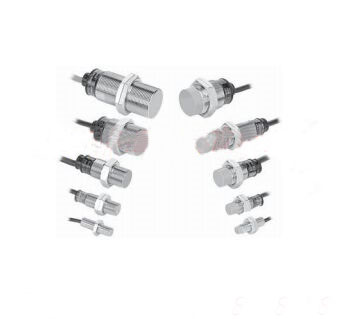What are the factors that affect the accuracy of the pressure sensor
What are the factors that affect the accuracy of the pressure sensor
What are the factors that affect the accuracy of the pressure sensor
Pressure sensor is one of the most commonly used sensors, especially in industrial applications. The pressure sensor has very high requirements for accuracy when detecting, because the accuracy of the pressure sensor is inseparable from the accuracy of the measurement. So what are the factors that determine the measurement accuracy of the pressure sensor? Next, the editor of jokplazas.com will give you a specific introduction.

1. How much accuracy is required for pressure transmitters
The accuracy is determined by non-linearity, hysteresis, non-repeatability, temperature, zero offset scale, and temperature. But it is mainly caused by non-linearity, hysteresis, and non-repeatability. The higher the accuracy, the higher the price.
2. What kind of pressure should the transmitter measure?
First determine the maximum value of the measured pressure in the system. Generally speaking, you need to select a transmitter with a pressure range that is about 1.5 times larger than the maximum value. This is mainly because in many systems, especially in water pressure measurement and processing, there are peaks and continuous irregular up-and-down fluctuations. Such instantaneous peaks can destroy the pressure sensor. Continuously high pressure values or slightly exceeding the maximum value of the transmitter's calibration will shorten the life of the sensor, and doing so will also reduce the accuracy. So a buffer can be used to reduce the pressure glitch, but this will reduce the response speed of the sensor.
3. The pressure transmitter needs to maintain stability after working overtime
Most transmitters will "drift" after overwork, so it is necessary to understand the stability of the transmitter before buying. This kind of pre-work can reduce the troubles that will occur in future use.
4. The packaging of the transmitter
The packaging of the transmitter is often overlooked as its frame, but this will gradually expose its shortcomings in future use. When purchasing a transmitter, you must consider the working environment of the transmitter in the future, what is the humidity, how to install the transmitter, whether there will be strong impact or vibration, etc.
5. The temperature range of the transmitter
Usually a transmitter will calibrate two temperature determination sections, one of which is the normal working temperature, and the other is the temperature compensation range. The normal working temperature range refers to the temperature range when the transmitter is not damaged under working conditions. , When the temperature compensation range is exceeded, the performance index of its application may not be reached.





